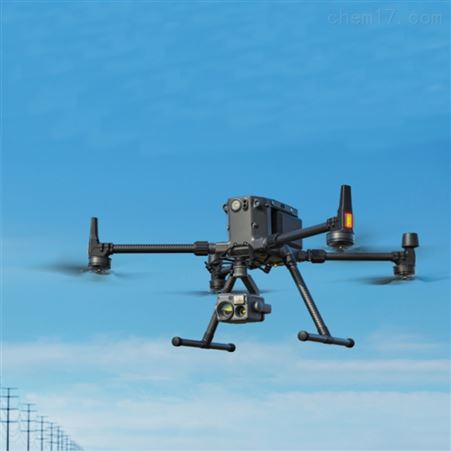In today’s fast-paced technological world, radio controlled drones equipped with cameras are revolutionizing the way we capture stunning aerial footage. These high-tech devices offer enthusiasts and professionals alike the ability to explore the skies and document their surroundings with precision and creativity. The integration of advanced cameras into these drones facilitates a range of applications, from filming breathtaking landscapes to conducting detailed inspections in various industries.
The Evolution of Drone Technology
Drones have come a long way since their introduction. Initially used for military purposes, they have been adapted for consumer use, allowing individuals to explore the world from a new perspective. Today, radio controlled drones feature sophisticated camera technology, enabling users to capture high-definition video and images from the air. This evolution has opened up endless possibilities for content creation and has significantly impacted fields such as photography, filmmaking, and research.
Features of Modern Camera Drones
The capabilities of camera-equipped drones are vast and continue to expand as technology progresses. Many models come with features such as real-time video transmission, advanced stabilization systems, and GPS functionality. These features ensure smooth and precise control, allowing users to focus on capturing the perfect shot. Some drones even offer autonomous flight modes, including waypoint navigation and follow-me functions, to simplify the flying experience and enhance creative opportunities.

Applications in Different Industries
The use of radio controlled drones with cameras spreads across various industries, each benefiting from their unique abilities. In real estate, drones provide dynamic aerial views of properties, helping agents and sellers showcase homes and identify land attributes. In agriculture, drones offer precise crop monitoring and analysis, enabling farmers to optimize yields and manage pests more effectively. Additionally, drones are used in surveying for mapping and analyzing land terrains efficiently and accurately.
Drones are also making significant impacts in entertainment and media, allowing filmmakers and photographers to capture dynamic shots that were previously impossible. With cinematic techniques, such as aerial panoramas and tracking shots, creative professionals are pushing the boundaries of visual storytelling.
Choosing the Right Drone
When selecting a radio controlled drone with a camera, there are several factors to consider, including budget, camera quality, battery life, range, and ease of use. Brands and models vary significantly in these aspects, so it’s crucial to match your requirements with the drone’s capabilities. Beginners may prefer user-friendly models with lower costs, while professionals might opt for drones offering higher resolution cameras and advanced features.
Frequently Asked Questions
What type of camera is best for aerial photography?
For aerial photography, a camera with high resolution, good light sensitivity, and stabilization features is ideal. Drones with 4K cameras are popular for their quality output and ability to capture detailed imagery.
How do drones benefit agriculture?
In agriculture, drones provide valuable insights into crop health, irrigation needs, and pest management. They enable efficient monitoring and can cover large areas quickly, thus saving time and increasing productivity.
Are there regulations for flying camera drones?
Yes, regulations vary by region and country. It’s essential to abide by local laws regarding drone operation, including altitude restrictions, no-fly zones, and registration requirements. Users should stay informed about these regulations to ensure safe and legal flying.